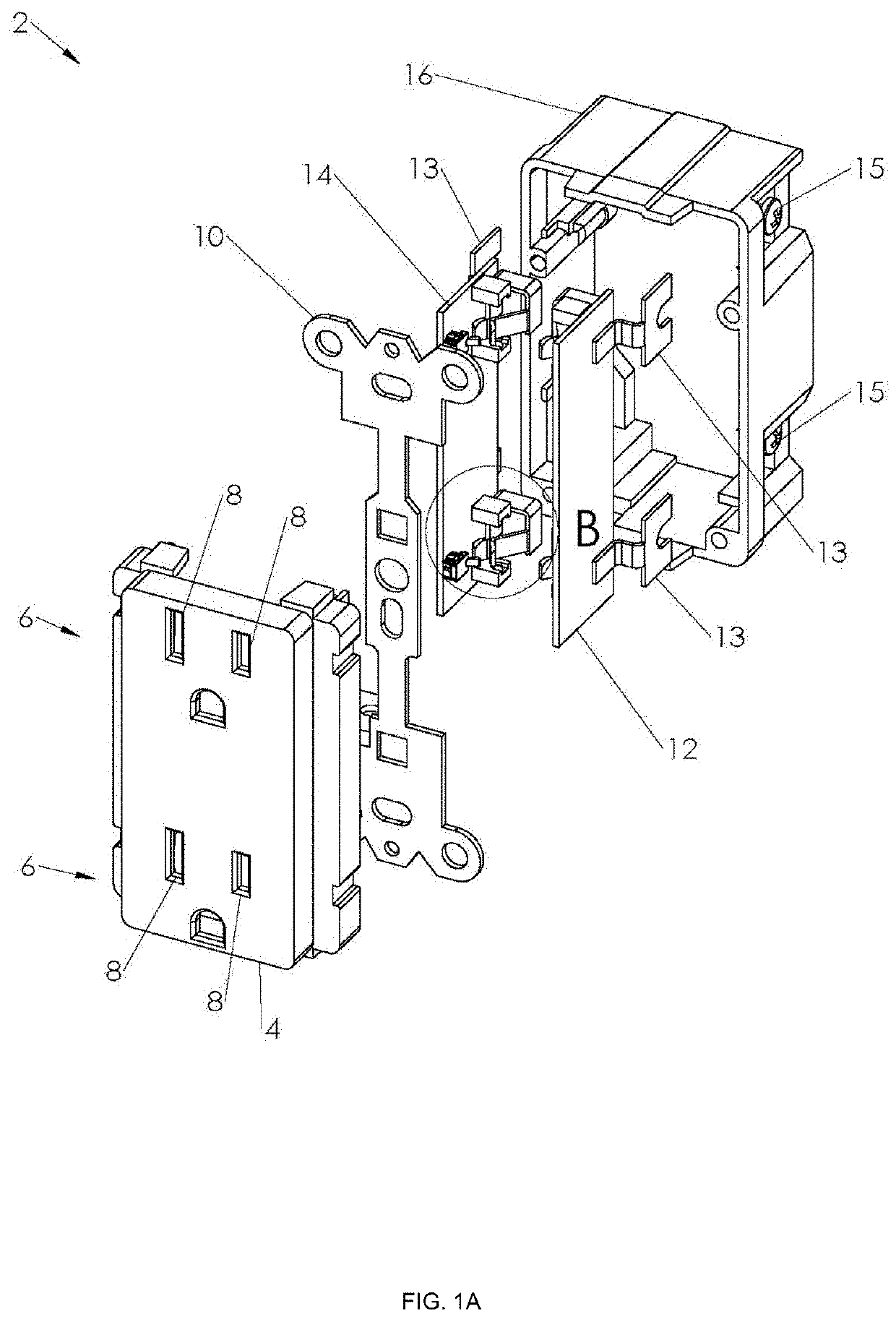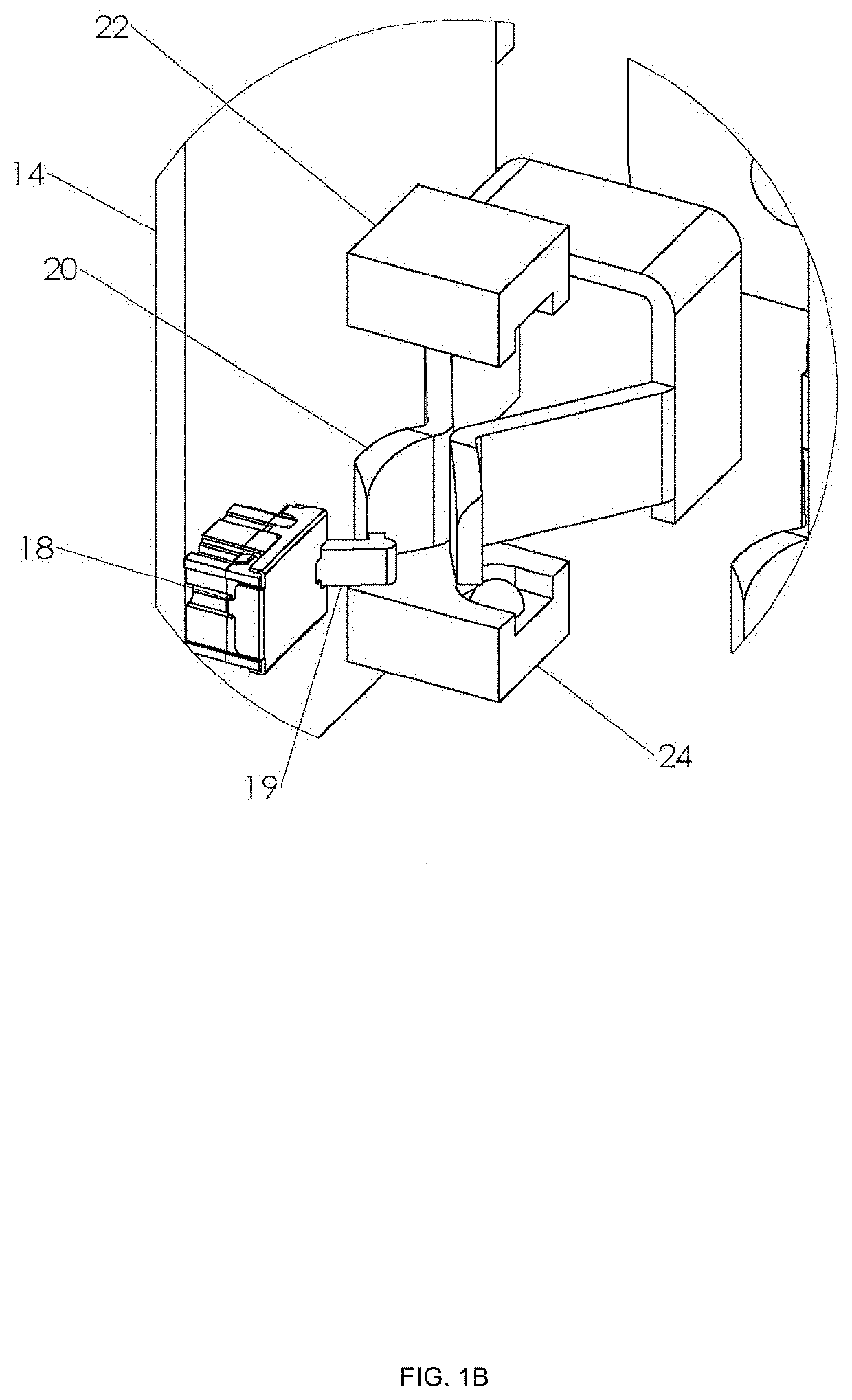Built-in instrumentation integrating power measurement, distribution and management, power safety, and automation control
a technology of integrated instruments and power measurement, applied in the direction of coupling device connections, transmission, support structure mounting, etc., can solve the problems of series voltage fault, unintentional electrical discharge of arc fault in household wiring, limited transformer current sensor, etc., to reduce the risk of fire, eliminate bad connections, and reduce another potential fire risk
- Summary
- Abstract
- Description
- Claims
- Application Information
AI Technical Summary
Benefits of technology
Problems solved by technology
Method used
Image
Examples
first embodiment
[0597]In the first embodiment, a plugged-in unit 4730 is plugged in series with a receptacle 4710 by using a cord 4720. The load 4750 is plugged in the unit 4730 using a cord 4740. The unit 4730 through a communication link is connected to a data recording and communication unit 4795 for controlling the plugged in unit 4730 and / or monitoring / reporting the status of the plugged in unit 4730.
second embodiment
[0598]In the second embodiment, a unit 4770 is hard-wired in the circuit in series using electrical wires 4760 to the power source, such as a breaker panel 4755. The load 4750 is also hard wired and plugged in the hardwired unit 4770 using electrical wires 4780. The unit 4770 through a communication link is connected to the data recording and communication unit 4795 for controlling the hardwired unit 4770 and / or monitoring or reporting the status of the hardwired unit 4770. Each of the units 4730 and 4770 may also have a separate data recording and communication unit 4795. In some examples, the data recording and communication unit 4795 provides a control mechanism which allows for controlling the operation of unit 4730 and / or 4770. 4760 may be connected to an intermediary system rather than directly to a breaker panel.
[0599]In some examples, the data recording and communication unit 4795 has a communication port for both receiving data from the unit 4730 and / or 4770, and transmitti...
PUM
 Login to View More
Login to View More Abstract
Description
Claims
Application Information
 Login to View More
Login to View More - R&D
- Intellectual Property
- Life Sciences
- Materials
- Tech Scout
- Unparalleled Data Quality
- Higher Quality Content
- 60% Fewer Hallucinations
Browse by: Latest US Patents, China's latest patents, Technical Efficacy Thesaurus, Application Domain, Technology Topic, Popular Technical Reports.
© 2025 PatSnap. All rights reserved.Legal|Privacy policy|Modern Slavery Act Transparency Statement|Sitemap|About US| Contact US: help@patsnap.com



